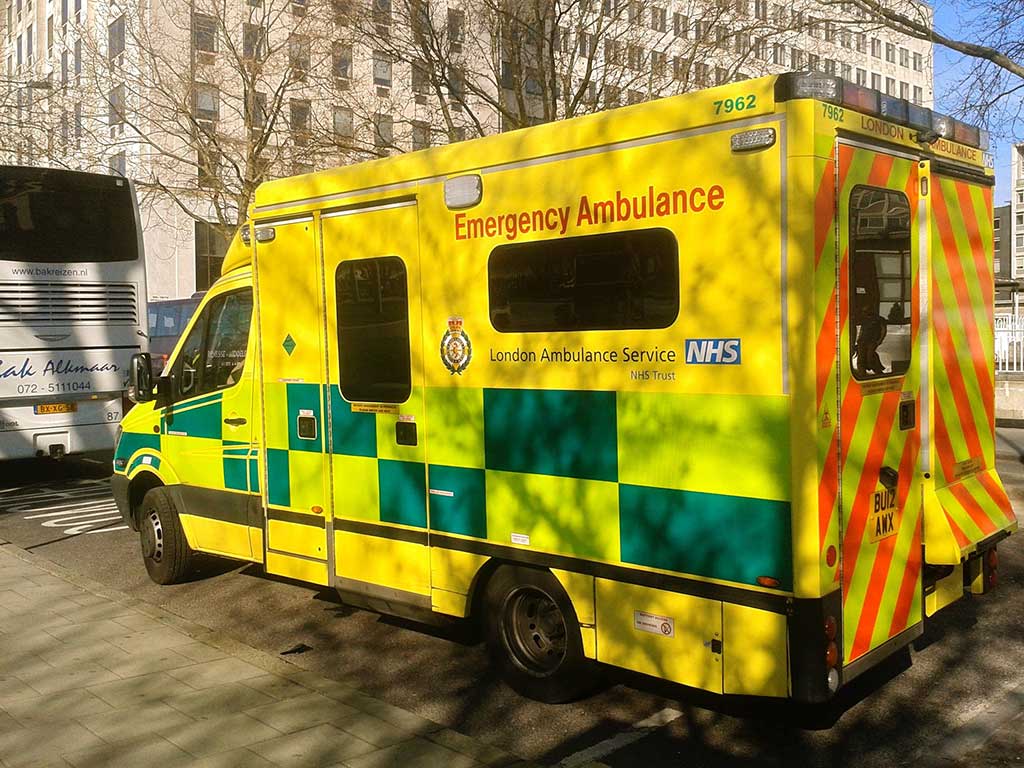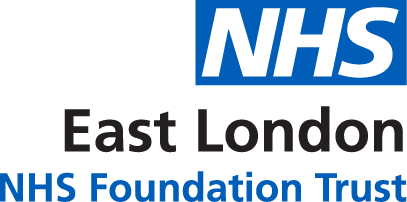Newham High Intensity A&E Pilot

Vaneet Rathor, a Senior Liaison Practitioner and Occupational Therapist, in the Newham Psychiatric Liaison Team, explains how a new pilot will focus on the needs to people who attend A&E frequently to provide them with better support and care.
What does the new service offer?
The Newham High Intensity (HIU) service works closely with the Newham University Hospital A&E team and other front door emergency services such as London Ambulance Service to better support our frequent attenders to the A&E department. We explore the reasons which bring them to A&E so often and help to address their needs through the links we have established with external core services (such as social care, CGL). We aim to identify unmet needs and steer their care through more appropriate channels to get these needs met.
Why did the team feel a new approach was needed?
We all know that A&E is a fast paced, high-pressured setting. Accessing A&E can be a timely, lengthy and costly process. What we understand is that the circumstances of frequent attender's are often complex and require more exploration to understand what is happening to be able to address their needs in the longer term. It can be challenging to offer this in an A&E department which is equipped to deal with imminent, acute, medical emergencies. This is where our service comes in. There are similar services in other areas which have had positive outcomes. We hope that we will get similar results here.
What is different when people attend A&E?
Our end goal is to compile a care plan which the individual and key professionals can contribute to. This care plan outlines how best to support the person moving forward and enables professionals to offer a streamlined, consistent approach. These care plans will available to the A&E team so they can also refer to it when supporting such service users.
What we also are aware of through research is that frequent attenders are likely to be stigmatised for their frequent attendances. We hope that with support, the right interventions and guidance for both staff and service users, we can encourage a more compassion focused approach if these service users were to attend A&E.
What do you hope the benefits will be?
Hopefully, if we are able to address needs thoroughly and tackle the challenges the service user is experiencing, we hope this would reduce their need to come to A&E for such matters. However, what I will add is that we don't want to discourage people from coming to A&E in the event of other clinical emergencies. Additionally, we hope that our service users will feel listened to and further satisfied with the direct their care has headed in. From a clinical perspective, we hope that with care plans in place, clinicians also feel more competent, confident and clear on what they can do to support this cohort of people.
